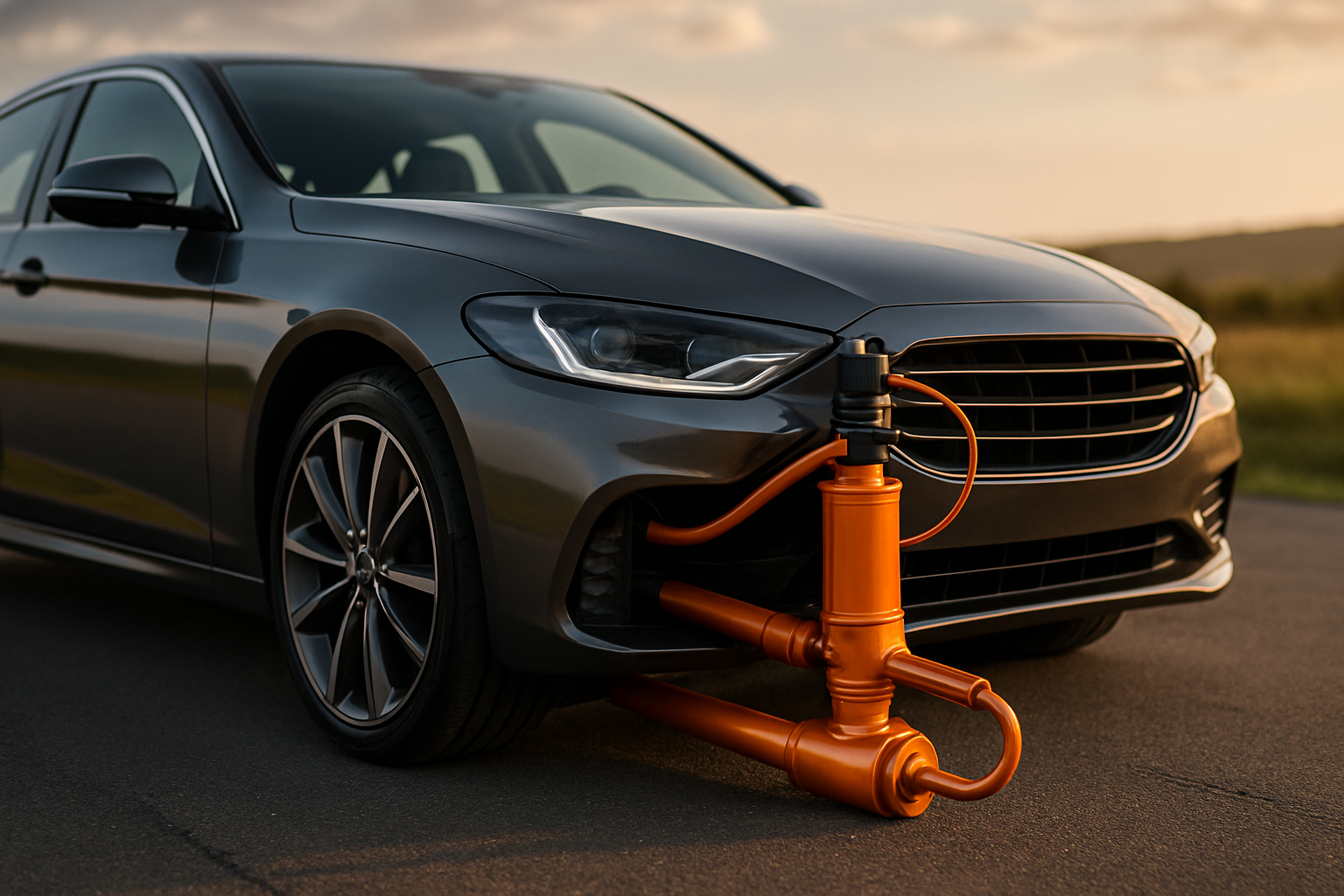Hydraulic Body Control: The Future of Automotive Comfort
Imagine gliding over a pothole-ridden road as if it were freshly paved silk. Picture cornering at high speeds with the stability of a race car, yet the comfort of a luxury sedan. This isn't a dream—it's the promise of hydraulic body control, a revolutionary technology poised to redefine automotive ride quality and handling dynamics.

The Genesis of Hydraulic Body Control
The quest for the perfect balance between ride comfort and handling precision has been a holy grail for automotive engineers since the dawn of the automobile. Traditional suspension systems have always involved a compromise—softer springs for comfort meant more body roll in corners, while stiffer setups improved handling at the expense of ride quality.
Hydraulic body control emerged from this conundrum, drawing inspiration from various hydraulic systems used in industrial and aerospace applications. The technology’s roots can be traced back to the 1950s when hydraulic leveling systems were first introduced in luxury vehicles. However, it wasn’t until the advent of sophisticated electronic control units and high-pressure hydraulics that the full potential of this technology could be realized.
How Hydraulic Body Control Works
At its core, hydraulic body control replaces traditional steel springs and mechanical dampers with a network of hydraulic actuators. These actuators are connected to a high-pressure hydraulic system and controlled by an advanced computer that constantly monitors road conditions, vehicle speed, steering input, and body movement.
When the system detects an imperfection in the road surface, it instantly adjusts the pressure in the hydraulic actuators to counteract the disturbance. This happens in milliseconds, effectively isolating the vehicle’s body from road imperfections. Similarly, during cornering, the system can adjust the pressure to minimize body roll, providing flat, stable handling without compromising ride comfort.
The Benefits of Hydraulic Body Control
The advantages of hydraulic body control extend far beyond just a smoother ride. This technology offers a host of benefits that are reshaping expectations for vehicle dynamics:
-
Unparalleled Ride Comfort: By actively counteracting road imperfections, the system provides a ride quality that surpasses even the most sophisticated conventional suspension setups.
-
Enhanced Handling: The ability to instantly adjust suspension stiffness allows for superior cornering performance without sacrificing comfort on straight roads.
-
Improved Safety: Better road holding and reduced body roll contribute to improved vehicle stability, particularly in emergency maneuvers.
-
Adaptability: The system can adjust its characteristics on the fly, adapting to different driving conditions and driver preferences with the push of a button.
-
Reduced Wear and Tear: By absorbing road shocks more effectively, hydraulic body control can reduce stress on other vehicle components, potentially extending their lifespan.
Challenges and Future Developments
Despite its impressive capabilities, hydraulic body control is not without challenges. The system’s complexity and high cost have so far limited its application to high-end luxury and performance vehicles. Additionally, the hydraulic components add weight to the vehicle, which can impact fuel efficiency.
However, ongoing research and development are addressing these issues. Engineers are working on more compact and lightweight hydraulic components, as well as exploring the integration of energy recovery systems to improve efficiency. There’s also a push towards more advanced algorithms that can predict road conditions and driver intentions, further enhancing the system’s responsiveness.
The Road Ahead for Hydraulic Body Control
As automotive technology continues to evolve, hydraulic body control is poised to play an increasingly important role. Its ability to provide both supreme comfort and exceptional handling aligns perfectly with the industry’s push towards vehicles that are both more enjoyable to drive and safer.
Looking forward, we can expect to see this technology trickling down to more mainstream vehicles as production costs decrease. Moreover, as autonomous driving technology advances, the importance of ride comfort will likely increase, potentially accelerating the adoption of hydraulic body control systems.
The future of automotive comfort and performance is hydraulic, and it’s a future that promises to make every journey, from daily commutes to cross-country road trips, more comfortable, safer, and more enjoyable than ever before. As this technology continues to evolve, it may well redefine our very expectations of what a car should feel like to drive or ride in, ushering in a new era of automotive excellence.





